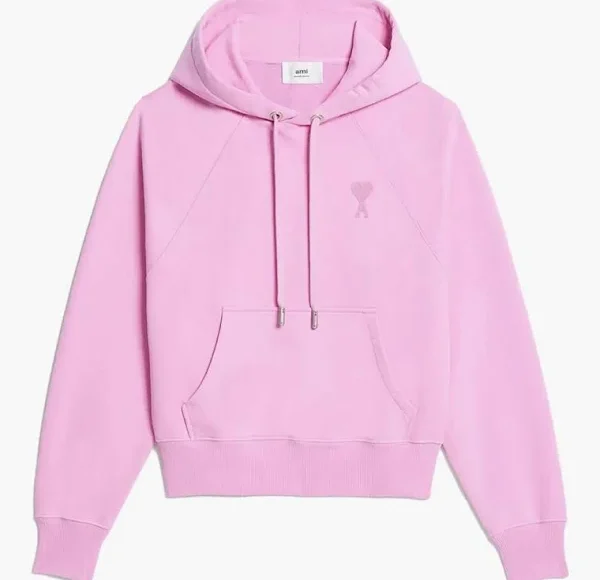Material handling operations demand equipment tailored to diverse needs. Whether you’re considering a Side Loader Forklift for long-load storage, a Multi-Directional Forklift for tight-space maneuvering, or Straddle Carriers for container transport, understanding their key features ensures the right choice for your facility. Investing in the best-fit machine can dramatically boost productivity, safety, and cost-efficiency. This guide explores the essential features to evaluate in each type of equipment and what they mean for your operational success.
Understanding the Basics of Each Equipment Type
Before diving into specific features, it helps to clarify what these machines are designed for:
- Straddle Carriers: Used mainly in ports and container yards, these tall vehicles lift and carry shipping containers under their chassis while “straddling” them. They’re designed for stacking, transporting, and loading containers without needing cranes.
- Multi-Directional Forklift: Ideal for warehouses and yards with narrow aisles, these forklifts can move forward, backward, and sideways, allowing operators to handle long loads like lumber or steel beams with exceptional maneuverability.
- Side Loader Forklift: Specially built for transporting long or bulky items, these forklifts pick up loads from the side, reducing the need for wide turning radii and optimizing space in narrow aisles.
Load Capacity and Stability
One of the first considerations for any material handling equipment is load capacity. Each type has its own range, but some key points include:
- Check rated capacity: Make sure the equipment’s maximum capacity matches or exceeds your heaviest regular loads.
- Stability systems: Features like automatic load leveling, hydraulic stabilizers (common in straddle carriers), or load-sensing hydraulics improve safety and efficiency.
- Center of gravity: For side loaders and multi-directionals, pay attention to load positioning and stability at full extension.
Properly matching capacity to your application reduces equipment wear, improves operator safety, and minimizes the risk of tipping.
Maneuverability and Turning Radius
Facilities with limited space require equipment designed to work in tight areas:
- Straddle Carriers: Look for models with articulated steering and crab steering modes, which allow them to maneuver in congested yards.
- Multi-Directional Forklifts: Their hallmark is 360-degree maneuverability. Check for advanced multi-directional wheels or steering modes to simplify moving long loads through narrow aisles.
- Side Loader Forklifts: Evaluate the minimum aisle width required for effective operation. Side loaders shine in narrow racking systems.
Enhanced maneuverability reduces cycle times and improves warehouse throughput.
Lifting Height and Reach
Depending on your storage design, lifting height can be critical:
- Straddle Carriers: Stacking heights are especially important in container yards. Ensure your model can stack to your yard’s maximum planned height.
- Multi-Directional and Side Loaders: Consider mast design and maximum fork height. Some models offer triple-stage masts for high-bay warehousing.
Choosing the right lifting capability prevents limitations as your inventory strategy evolves.
Power Source and Energy Efficiency
Another key feature is powertrain choice:
- Diesel/Electric/Hybrid: Straddle carriers often run on diesel or hybrid engines for long yard operations, but electric models are emerging to reduce emissions.
- Electric vs. LPG: Many multi-directional and side loader forklifts offer electric options for indoor use, while LPG/diesel may be better outdoors.
- Battery management: For electric forklifts, look for quick-change batteries or opportunity charging systems to reduce downtime.
Energy-efficient designs help cut fuel costs and comply with sustainability goals.
Operator Comfort and Ergonomics
Operator fatigue and safety directly affect productivity:
- Visibility: Panoramic cabins, elevated seating, and clear mast designs improve visibility for all three equipment types.
- Controls: Ergonomically placed controls, joystick steering, and adjustable seating reduce strain and boost precision.
- Cabins: For straddle carriers, enclosed climate-controlled cabins are essential in extreme weather operations.
Enhanced comfort also helps retain skilled operators in a competitive labor market.
Safety Systems and Technology
Modern material handling equipment includes advanced safety features:
- Cameras and sensors: Rear-view cameras, obstacle detection, and proximity sensors help prevent collisions.
- Telematics: GPS tracking, load data recording, and usage analytics help fleet managers optimize utilization and maintenance.
- Load stability systems: Automatic speed reductions when cornering, tilt-locks, and anti-sway systems boost operational safety.
Investing in safety reduces accident risk and lowers insurance costs.
Maintenance and Serviceability
Downtime costs money. Look for equipment that’s easy to maintain:
- Access panels: Quick access to engine and hydraulic components simplifies routine service.
- Diagnostic systems: Onboard diagnostics reduce guesswork and service time.
- Parts availability: Choose brands with strong local support and a reputation for parts availability.
Reducing unplanned downtime improves ROI and operational consistency.
Customization and Attachments
Material handling tasks often demand versatility:
- Attachments: Consider fork positioners, clamps, or custom container spreaders for specialized handling.
- Custom sizing: Some manufacturers offer bespoke straddle carrier heights or side-loader widths to match your facility.
- Modular design: Easy-to-upgrade features keep your fleet future-ready.
Investing in adaptable equipment ensures you’re ready for evolving business needs.
Total Cost of Ownership
Finally, don’t focus solely on purchase price:
- Fuel and energy costs: Account for long-term energy consumption.
- Maintenance costs: Simpler designs and local service support can lower lifecycle expenses.
- Resale value: Well-known brands often retain more value.
Analyzing total cost of ownership helps you make financially sound long-term decisions.
Conclusion
Selecting the right straddle carriers, multi-directional forklifts, and side loader forklifts is about much more than initial price. It requires balancing load capacity, maneuverability, energy efficiency, operator safety, and lifecycle costs. By carefully evaluating these key features, businesses can invest in equipment that enhances productivity, safety, and profitability for years to come.















Leave a comment